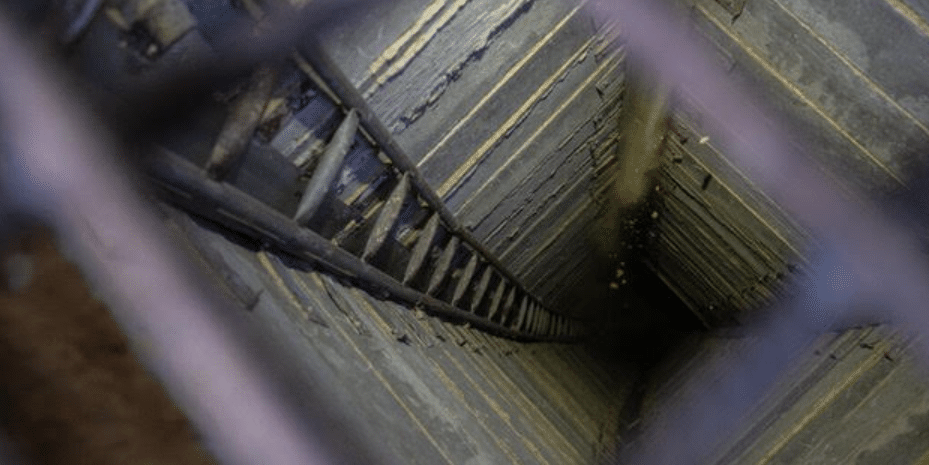Ever since Israel withdrew its soldiers and settlers from Gaza in 2005, critics have accused it of blockading and immiserating the territory — turning it, as they say, into an “open-air prison.”
The charge was always preposterous. Gaza shares a border with Egypt. Gazans were often treated in Israeli hospitals for cancer and other life-threatening conditions. Israel provided Gaza with much of its electricity and other critical goods even after Hamas came to power in 2007.
Now, as Israeli troops uncover more of Gaza’s vast underground city, the falsity of the accusation has become even more apparent.
According to a report this month in The New York Times, Israeli defense officials now estimate that Hamas’s tunnels measure between 350 and 450 miles in a territory that’s just 25 miles long. (By comparison, the London Underground is only 249 miles long.) Some of Gaza’s tunnels are wide enough for cars; some are more than 150 feet deep; some serve as munitions depots; others are comfortably kitted out as command bunkers.
[The New York Times Op-Ed continues]
The tunnels also help explain the level of destruction that Israel has wreaked on Gaza since the war began. If Hamas hides the bulk of its fighters and munitions in the tunnels, Israel somehow has to find, search and destroy those tunnels. If Hamas builds the entrances to those tunnels inside private homes, schools or hospitals, those places all become military targets.
And if there are nearly 6,000 such entrances, the destruction is all but guaranteed to be epochal — just as it was in Mosul when the United States assisted Iraq in destroying ISIS (which was much less deeply entrenched there than Hamas is in Gaza) over nine months in 2016 and 2017. I don’t recall “Cease-Fire Now” demonstrations on college campuses back then.
It’s possible that Israel could fight with more discrimination to spare Palestinian lives while still destroying Hamas’s ability to make war. If so, it behooves Israel’s constant critics to explain precisely how, and to do so in a way that doesn’t let Hamas off the hook. Otherwise, the tragic reality of this war is that it is going to be catastrophic for Gaza — not because Israel wills it, but because Hamas spent years of cynical efforts to make it so.
Hamas could have averted this tragedy if it had turned Gaza into an enclave for peace rather than terror. It could have averted it if it had not started four previous rounds of war against Israel. It could have averted it if it had honored the cease-fire that held on Oct. 6. It could have lessened the blow against Gazans by fighting in the open, not behind civilians. It could have eased it by releasing all of its hostages. It could end it now by surrendering its leaders and sending its fighters into exile.
Till then, something I wrote in October holds true now: Hamas bears the blame for every death in this war.
Bret Stephens is an Opinion columnist for The Times, writing about foreign policy, domestic politics and cultural issues. Facebook
View this New York Times Op-Ed from January 23rd

